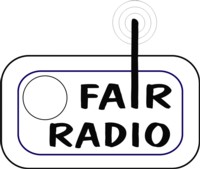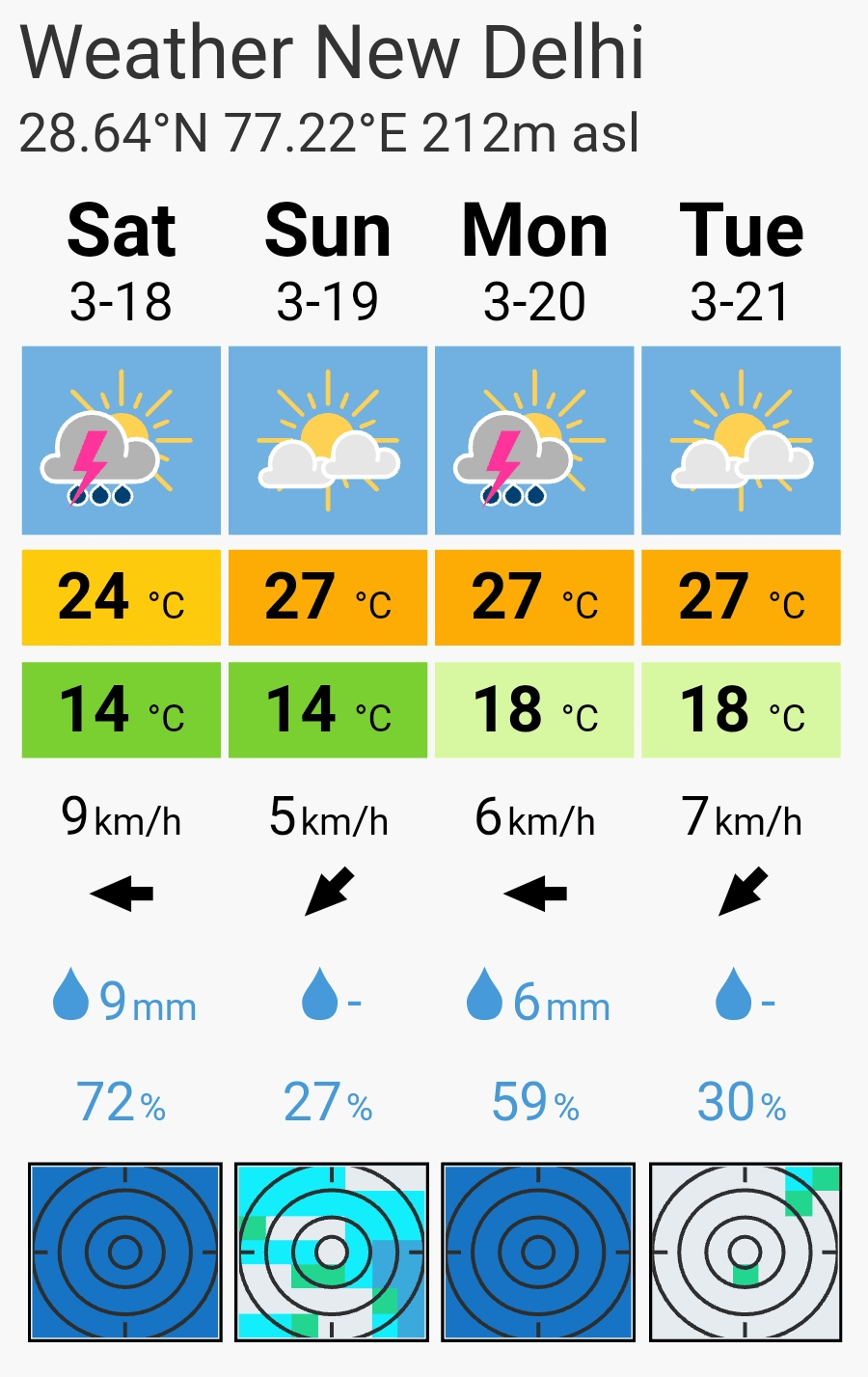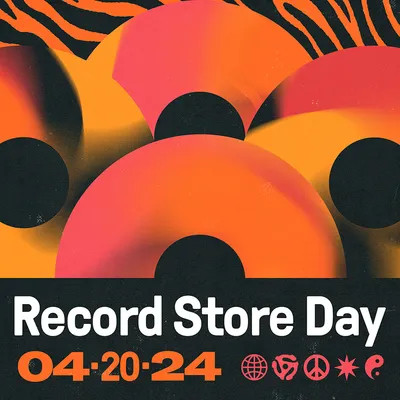Raga CDs of the Months (04-05/08): “NATYA – the relevance of Ragas for Indian Dance & Theatre” (part 1,2)
Posted by ElJay Arem (IMC OnAir) on May 2, 2008
In performing arts of India the term “Natya” means a combination of movements, mimics (mostly facial expressions), costumes, human psychology and “great stories“. The Indian dance is in it’s traditional form till today “stories telling”.
..
The Indian theatre was subordinated to a paradigm shift same as the raga-s under Muslim rulership and Persian influences: it progressed from temple rites to courtly entertainment for art lovers.
.
Originally the storytellers, the Kathaks – according to the name for their dance form, the Kathak – tramped in Northern India as nomadic bards from village to village. In the temple plants the Kathaks played myths and instructive stories from old writings. The costumes and topic tables of these subjects in India’s traditional dancing forms often appear as motives in the miniature paintings, the so called Ragamala-s of the Mughal period (pictures see “instruments” & “scenes of art“).
.
Indian dance dramas – Bharata Naatya Sampradaya (from left to right…)



RAM | dance drama Goddess Durga | mythologic themes “Krishna”
source: The Hindu, 2004
The classical role of dance in India had developed very early. Dances were the component of religious rites. The dancers admired the Gods by “telling” stories from their life and their heroic deeds.
.
In Western world today “Bharata Natyam” is well-known, as one of the four main forms of Indian dances, energetically and with extremely precise, balanced motion-sequences.
.
dates of broadcasting: Thue – 1st April… (part 1) | 6th May 2008 (part 2) – 09:00-09:58 pm (CET)
repetitions: Thur – 3rd April… (part 1) | 8th May 2008 (part 2) – 03:00-03:58 am (CET)
InternetStream | PodCasting | broadcasting plan
repetitions: Thur – 3rd April… (part 1) | 8th May 2008 (part 2) – 03:00-03:58 am (CET)
InternetStream | PodCasting | broadcasting plan
.
However Bharata Natyam does not mean “Indian dance”, a widespread misbelieve. This term (after Purandara Dasa (14884-1564)) embodies the three living forms of Indian dance:
- Bha or Bhava, the expression,
- Ra for Raga or melody and
- Ta for Tala, the rhythm (rhythmic circles).
India’s outstanding BharataNatyam dancers: (from left to right…)




Priyadarhini Govind | MaitreyiSarma & Dr. Ananda Shankar Jayant | Geeta Chandran | Dr. Srekala Bharath
source: Hinduonnet, 2004 (Avinash Pasricha), 2005 (K. Gajendran, R. Shivaji Rao), 2008 (V. Ganesan)
The term Raag (= “tonal colouring”) for the first time appears in the Natya Shastra (4th century BC – 2nd century AC), a handbook for dramaturgy written by the mythic Brahman Bharata Muni, a priest and sage. The seven (7) main notes (sapta svaras), those one also today are used for the Raga interpretation are connected with different mind affections (emotions = Rasa-s). In the Natya Sastra also music instruments and their handling are described. It proves four categories: lutes (tata), flutes (Sushira), cymbals (Ghana) and drums (avanadha)..
.









Dancer & Choreographer Radha Sarma visits IMC OnAir… « IMC - India meets Classic presents … said
[…] educated and performing as professional Indian dancer of Bharata Natyam (see our radio show “Natya – the relevance of Ragas for Indian Dance & Theatre“) and teaches as Dance pedagogue at the Music Academy Braunschweig (Musische Akademie […]
LikeLike